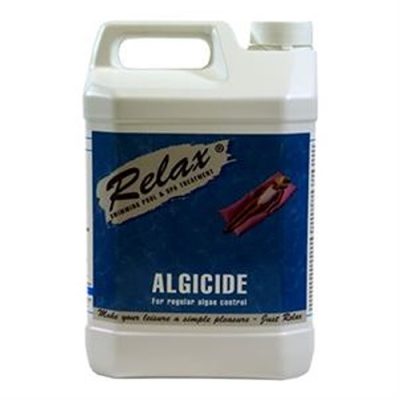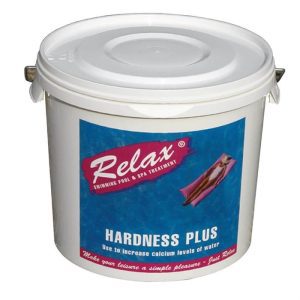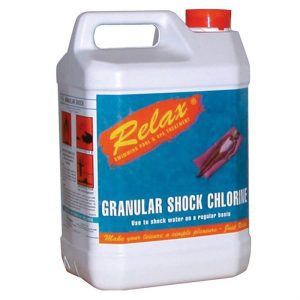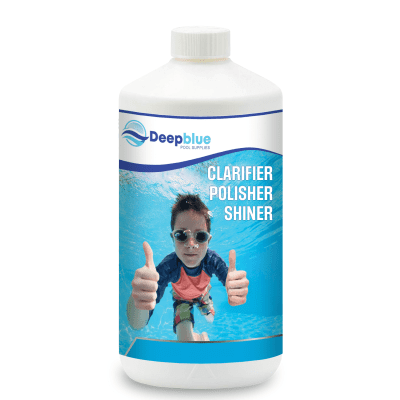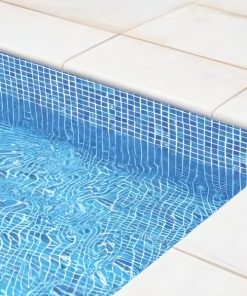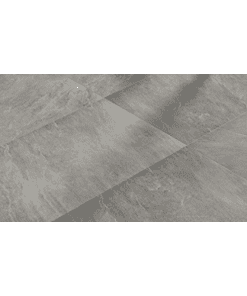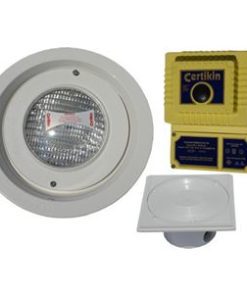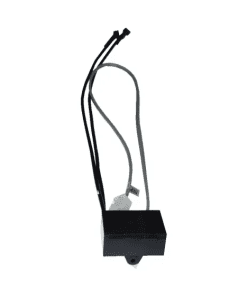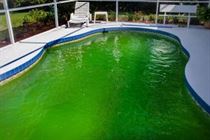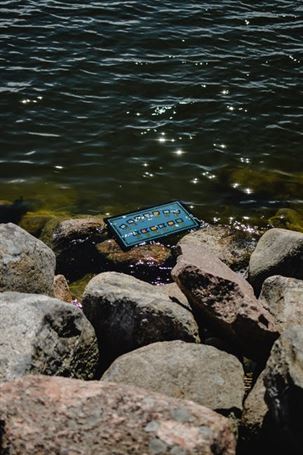Blogpool, Chemicals, Maintenance, Swimming Pool, Water Testing
Closing Your Pool for the Winter: Best Practices
The approaching season requires you to prepare your pool for winter closure. Winterizing your pool correctly ensures protection from freezing temperatures together with debris and potential equipment damage that occurs during colder months. A proper pool closure method during winter prevents expensive springtime repair needs so it is essential to follow the correct procedure.
The following complete guide provides detailed instructions for performing safe pool closure procedures during winter months. You will discover all necessary information for maintaining a well-conditioned pool that will welcome spring reopening when warm weather returns.
—
**Why Winterizing Your Pool is Important**
The expansion of water occurs when it freezes. Your pool faces significant damage when you don’t properly winterize it. Freezing water can cause:
– **Cracked pipes**
– **Broken pool equipment**
– **Damage to the pool liner**
A pool exposed to the elements throughout winter will accumulate leaves and dirt which cause algae growth and damage to the filtration system. Winterization protects your investment while preventing these problems which makes springtime pool opening easier.
—
**Step-by-Step Process for Closing Your Pool**
The following procedures will guide you through the correct process of closing your pool and protecting it throughout winter season.
—
**1. Clean the Pool Thoroughly**
A thorough cleaning of the pool should occur prior to its closure. The pool needs to be clean when you close it because remaining dirt and algae can become major problems during the spring reopening.
– **Skim the surface:** You should use a skimmer net to gather floating leaves together with insects and debris.
– **Vacuum the bottom:** Use a pool vacuum to thoroughly clean the pool floor with special attention given to corners because debris tends to collect there.
The pool brush serves to remove all contaminants from walls and floor surfaces.
This cleaning step is critical because any substance that remains in the water will deteriorate in quality throughout the winter season.
—
**2. Balance the Water Chemistry**
Proper water chemistry balancing remains essential for pool closure during the seasonal transition. The correct water balance protects your pool equipment while preventing staining and scaling formation and algae growth which safeguards your pool liner.
– **pH Level:** The recommended pH range should be between 7.4 and 7.6. You can reach the proper pH balance through the addition of **pH increaser (sodium carbonate)** or **pH reducer (muriatic acid)**.
– **Alkalinity:** The target alkalinity range should be between 80-120 ppm. To increase alkalinity, add **baking soda** at a dose of **1.5kg per 10,000 liters** of water.
– **Calcium Hardness:** A calcium hardness range of 200-400 ppm should be maintained because it helps prevent scaling. You need to use **calcium chloride** for making adjustments.
– **Chlorine:** The pool requires shocking to elevate chlorine concentration between 5-10 ppm by using **500g of chlorine shock per 10,000 liters** of water.
The pool should circulate water for at least 24 hours following chemical addition to reach balanced conditions.
—
**3. Add Winterizing Chemicals**
Additional chemicals which are specifically made for winter pool care must be added to stop algae growth while protecting the water during winter months.
– **Algaecide:** A dose of **200ml winter algaecide per 10,000 liters** will stop algae growth while the pool is closed for winter.
– **Metal Sequestrant:** A metal sequestrant needs to be added to water solutions containing copper or iron because they can cause staining.
Pool enzymes should be added to prevent organic matter such as leaves and bacteria together with oils from accumulating under the cover.
These chemicals work together to maintain clear and clean water throughout the winter season which simplifies spring pool opening procedures.
—
**4. Lower the Water Level**
The freezing of water can harm pool skimmers and plumbing so it is crucial to reduce the water level prior to freezing temperatures. The water level should be set at a point that is **below the skimmer only** to prevent any damage caused by freezing.
For Above-Ground Pools, the water level should be lowered to **2-4 inches below the skimmer.**
For In-Ground Pools, the water level should be lowered **6 inches below the tile line or skimmer** in case of freezing conditions.
When you have an automatic pool cover, you should refer to the manufacturer’s guidelines on the water level that is required to support the cover.
—
**5. Drain Pool Equipment and Lines**
The filter, pump and heater of the pool can be damaged by frozen water if they are not properly drained.
– **Filter and Pump:** Detach and drain both the filter and pump. If you have a sand or DE filter, it is important to backwash it first. The pump should be kept indoors if possible.
– **Heater:** Drain the heater by opening the drain plugs. All the water in the lines must be drained to prevent the water from freezing and expanding.
– **Pool Plumbing Lines:** Blow out any remaining water from the pool’s plumbing lines using a **shop vac or air compressor.** This is a very important step to avoid having cracked pipes.
—
**6. Cover the Pool**
After the pool is cleaned, balanced, and drained, the last thing to do is to cover it for the winter. A good pool cover will prevent debris from entering the pool and will also help in maintaining the chemical balance during the cold season.
– **Winter Pool Cover:** Use a strong winter pool cover that can be used in harsh weather conditions. It should be wrapped tightly around the pool and should be fastened with water bags, straps, or a cable winch.
– **Safety Covers:** If safety is a concern (especially with children or pets) it is advisable to get a safety pool cover. These covers are sturdy enough to bear the weight of a person or animal if by any chance they fall on it.
Make sure that the cover is free from any rips or tears, and that it is tightly covered to prevent the wind from getting underneath.
—
**Additional Tips for Closing Your Pool**
– **Protect your pool cover:** Check on your cover after storms and during the winter season. Clear off any water or snow on the cover to prevent it from sagging or getting torn.
– **Use a pool air pillow:** For above ground pools, use an air pillow under the pool cover to help distribute the ice as it forms so that the walls do not crack.
– **Winterize your pool heater:** If you have a gas heater, turn off the gas supply and follow the manufacturer’s guidelines on how to winterize it.
– **Label your parts:** If you unplug any of the pool equipment, make sure you label them before putting them in the storage. This will make it much easier to assemble in the spring.
—
**Conclusion**
The correct way of closing the pool for winter is a very important process that will go along with the protection of your investment and will help you avoid any problems when you will want to open the pool for the new season. It is important to clean, balance, drain, and cover the pool to avoid costly repairs and to make the pool opening process much easier. If you need any of the chemicals mentioned, please visit our website or contact our friendly support team for advice. Whether you have an in ground or above ground pool, following these steps will help you to keep your pool in excellent condition throughout the winter.
Some products you might be interested in:


